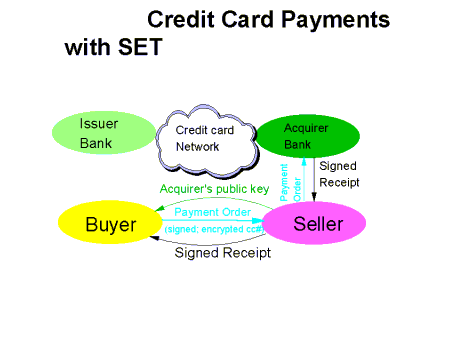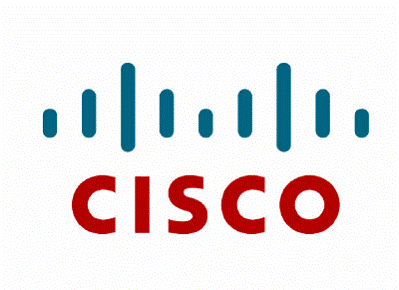Information management systems play a crucial role in ensuring that the organisation becomes efficient and effective, but companies need enterprise planning to centralize data collection, storage and data processing. Enterprise resource planning is a technology that deploys computer technology to integrate various organisational resources—such as human resources, assets, information resources –across the organisation. The intention of ERP systems is to streamline an organisation’s data access, information sharing, business continuity, and revamping the decision-making processes. When ERP systems were invented in the mid-1990s, organisations shifted their attention to embrace the capabilities of ERP components; and a decade later this technology still moves on strong. However, during their early days, ERP systems enjoyed acceptance from large manufacturers, a trend that has since shifted dramatically. ERP systems have grown from mainframe computers to more flexible, robust, and seamless applications. Today, small businesses are able to deploy robust ERP systems in virtually every operational Continue reading
Management Information Systems
Data Security and Employee Confidentiality in HRIS Systems
HR data are typically confidential and sensitive. Consequently, a key concern with Human Resources Information System (HRIS) is the potential for the invasion (and abuse) of employee privacy by both authorized and unauthorized personnel. It is important for ensuring employee and management confidence in a HRIS to thoroughly explore questions about user access, data accuracy, data disclosure, employee rights of inspection and security. Failure to do so may result in ethical, legal and employee relations problems of a magnitude which could destroy the credibility of the system. ‘Establishing security and end user privileges’, says O’Connell, ‘calls for a balance of incorporating HR policy, system knowledge and day to day operations.’ The Human Resources Information System security checklist is: Review all PC-based HR applications. Verify that all users are properly trained in the secure use and handling of equipment, data and software. Ensure that all users sign-off (log-off) before they leave Continue reading
Secure Electronic Transaction (SET)
Secure Electronic Transaction (SET) is a standard protocol for securing credit card transactions over insecure networks, specifically, the Internet. SET is not itself a payment system, but rather a set of security protocols and formats that enables users to employ the existing credit card payment infrastructure on an open network in a secure fashion. Secure Electronic Transaction (SET) was developed by VISA and MasterCard (involving other companies such as GTE, IBM, Microsoft, Netscape, RSA and VeriSign) starting in 1996. SET is based on X.509 certificates with several extensions. SET uses a blinding algorithm that, in effect, lets merchants substitute a certificate for a user’s credit-card number. This allows traders to credit funds from clients’ credit cards without the need of the credit card numbers. SET makes use of cryptographic techniques such as digital certificates and public key cryptography to allow parties to identify themselves to each other and exchange information Continue reading
Case Study: Management Information System at Dell
Management information system involves the information system and the organization. MIS begins where computer science ends. Computer scientists deserve accolades for developing and delivering even more advanced forms of information technology: hardware technology; software technology; and network technology. Yet because no technology implements itself, there is more to MIS than just information technology. MIS has dimensions. The four interrelated dimensions of MIS are as follows: First, MIS involves not just information technology, but also its instantiation; second, MIS involves, as reactive and inextricable elements, both an information system and its organizational context; third, MIS involves information technology as a form of intellectual technology; and fourth, MIS involves the activities of a profession or corporate function which are integral to the essence of what MIS is. Dell Computer Corporation: Company Background Dell Computer Corporation is a major manufacturer of personal computers, computer peripherals, and software. Among the leading producers of computers Continue reading
Case Study on Information Systems: Cisco Systems
Cisco Systems advertises itself as the company on which the Internet runs, and this San Jose, California, company does dominate the sale of network routers and switching equipment used for Internet infrastructure. Under the leadership of CEO John Chambers, it has been so successful that it even briefly became the most valuable company on earth in early 2000, reaching a valuation of $555 billion and a stock price of more than $80 per share. One key to its success is that Cisco uses information systems and the Internet in every way it can. However, by April 2001 the stock closed below $14, a decline of more than 80 percent, while the company value fell to around $100 billion. What was to blame for this precipitous plunge? What role did Cisco’s information systems play? Cisco was founded in 1984 by Stanford University computer scientists looking for an easier and better way Continue reading
E-Commerce and Factors Influencing the Evolution of Electronic Commerce
Electronic commerce has revolutionized the traditional business process of buying and selling on the high street shops by deploying the Internet and technology to reach a vast customer base. The increased use of Internet by the general public and the growth of information technology products to support effective and service transaction over the Internet have apparently fueled the growth of electronic commerce. This statement makes it clear that the electronic commerce has achieved a key position in the business process of an organization. The critical factors that contribute the growth of electronic commerce are: Growth of Internet: The Internet has seen a tremendous growth in the past five years making it a potential place for communicating to many customers both efficiently as well as cost effectively. The process of e marketing by which a customer over the Internet is reached through electronic mails or other form of adverts in the Continue reading

